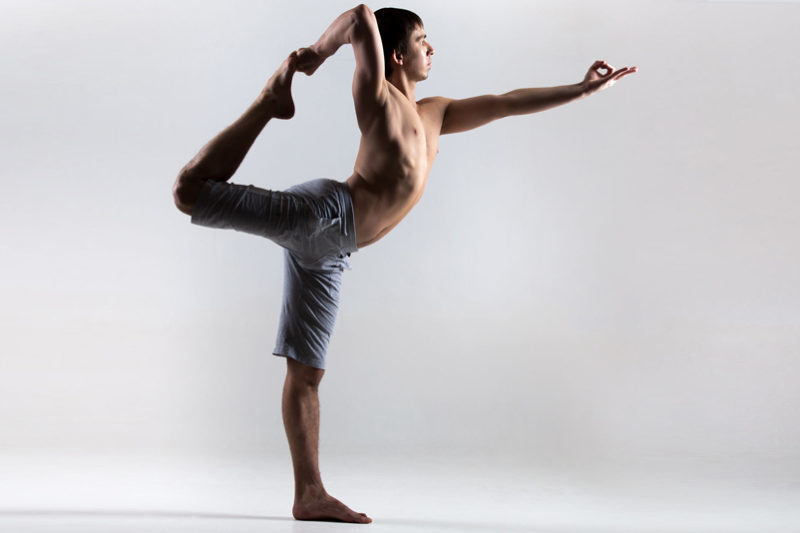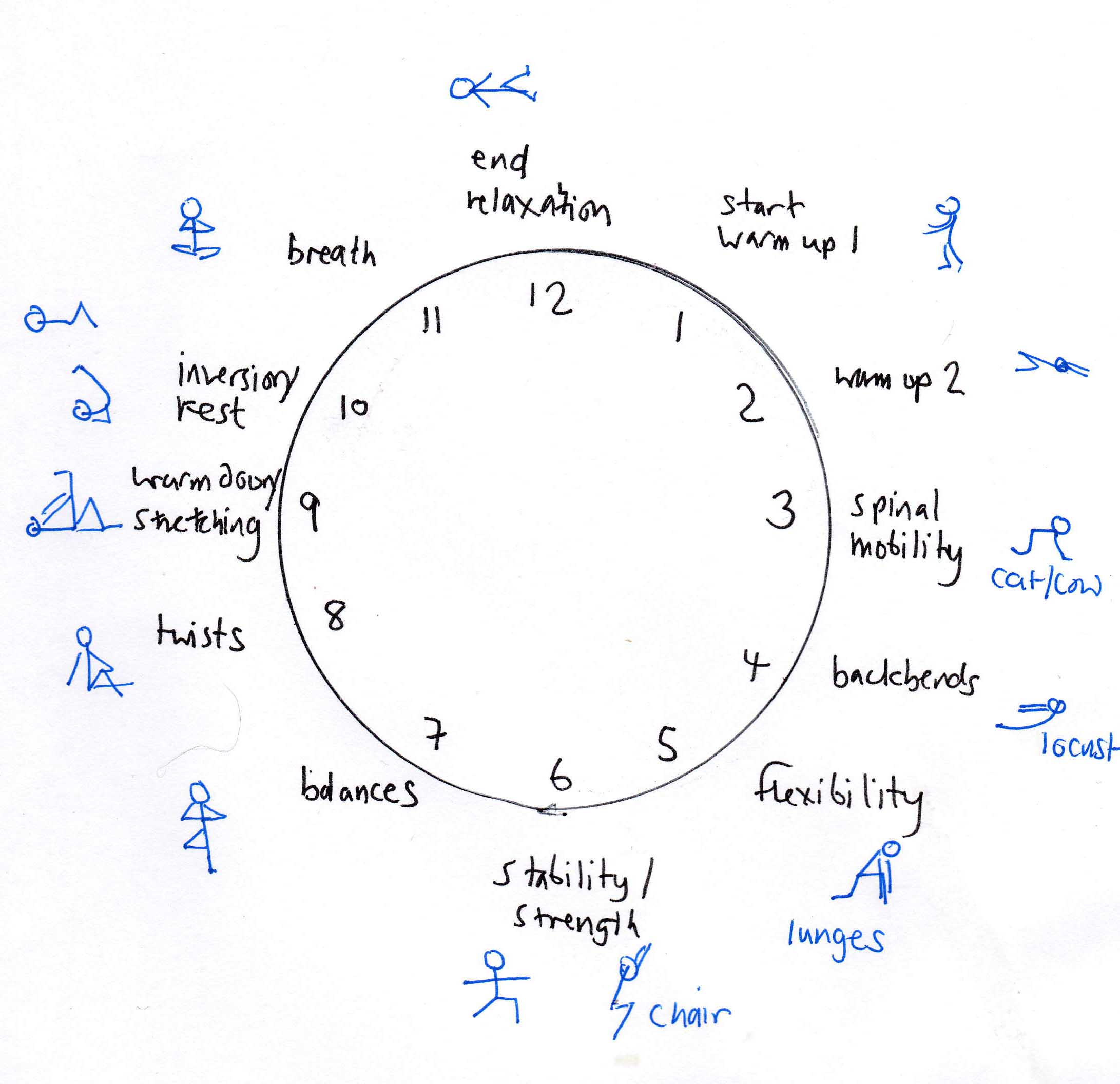Published: Mar 18, 2018 by Lucy Tennyson
Many yoga poses are difficult to do, such as dancer’s pose which we practised this week. While standing on one leg, you have to reach back to hold the foot out behind you, pushing into this back foot to arch graceful forward.

But it really doesn’t matter in the slightest if you wobble, or need to use the wall for balance. Dancer requires open hips and shoulders, and the back-bending ability of dancers and gymnasts.
The beauty of working toward a more challenging pose is that the desire to make the perfect shape soon falls away as we start getting into the practice. The benefits come in other ways, such as having to focus, on accepting how much you can do, and in resting afterwards!
This pose is named after one of the Indian gods, Nataraja, who is portrayed in Hindu mythology as the aspect of Shiva whose ecstatic dance of destruction lays the foundation for the creation and sustenance of the universe. Depicted in southern Indian art dating back to the 10th century, Nataraja dances at the centre of the wheel of creation, a cosmic ring of fire that symbolises the eternal cycle of birth, life, and death.
Natarajasana (Lord of the Dance Pose)is an homage to this idea that you can be steady and joyful at your center while change happens around you.
Please find below a reminder of some of our class practice.

